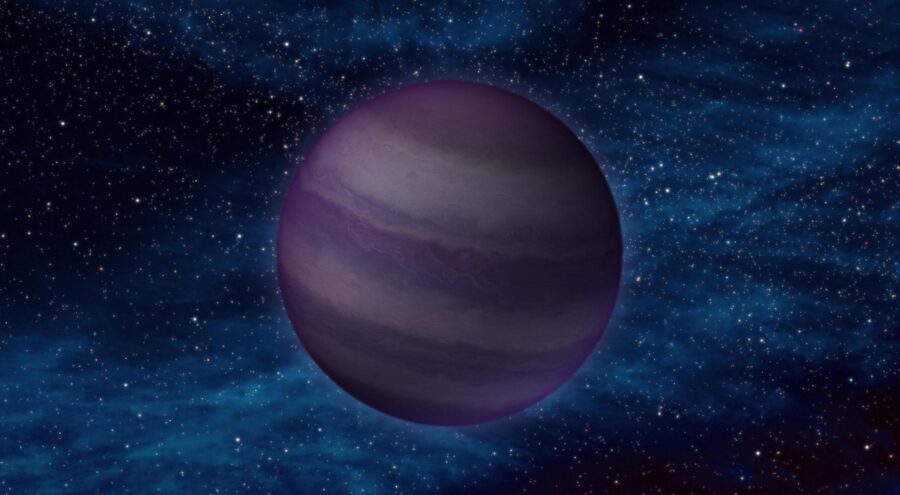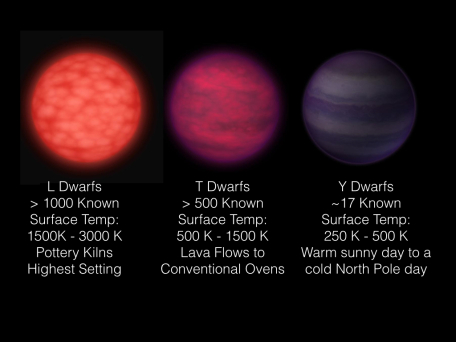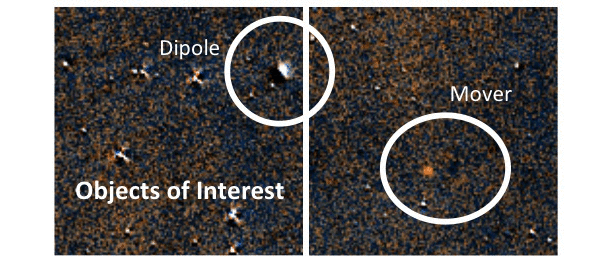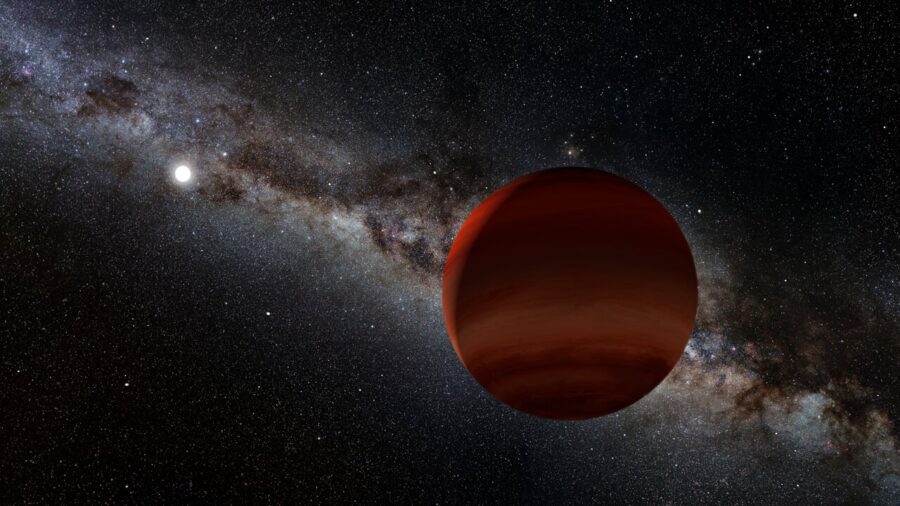
NASA / JPL-Caltech
We’ve tallied up a lot of the stars and substars that lie within our solar neighborhood, but we’re missing a key population: the coolest, dimmest substar dwarfs that lurk nearby. A citizen science study is now filling in this gap with the discovery of 95 new “backyard worlds.”
A Gap in the Census
Stellar classification roughly tracks with star temperature, ranging from the wildly hot and bright O-type stars (which burn at more than 30,000 K) all the way down to dim brown-dwarf substars of T and Y types (which can be nearly as cool as Earth, at just 300 K).
To better understand how stars and substars are distributed across this range, we’ve attempted to take a census of the bodies in our local solar neighborhood and observe their characteristics. The challenge in this lies on the brown-dwarf end: we’ve observed very few of the smallest, coldest substars in our solar backyard, because they’re so dim and hard to spot.

NASA / JPL-Caltech / Backyard Worlds
How to Spot a Hidden Substar
The key to finding these lurkers is all-sky surveying at long infrared wavelengths. The Wide-field Infrared Survey Explorer (WISE) is an ideal telescope for the task: this spacecraft has surveyed the entire sky in infrared 14 times over the span of a decade, providing us with a wealth of archived data. By searching for cool, dim objects that move quickly between successive images, we can identify the nearby brown dwarfs that we’ve been missing.
The catch? WISE’s imaging archive contains over 30 trillion pixels! Identifying small, dim, moving objects requires human eyes — a lot of them. It’s definitely time for crowd-sourcing.
Advertisement
A Job for 200,000 Eyes
The citizen science project Backyard Worlds: Planet 9 (which we’ve previously talked about) relies on more than a hundred thousand volunteers to examine WISE images and spot cool, nearby star and substar candidates — and after roughly three years of work, the project has now completed around 1.5 million classifications!

Backyard Worlds
In a recent publication, a team of scientists led by Aaron Meisner (NSF’s NOIRLab) describes the follow-up of some of the most likely nearby, cold brown dwarf candidates from Backyard Worlds with the Spitzer space telescope.
Discoveries in the Data
Meisner and the Backyard Worlds team used Spitzer to confirm 75 objects as newly discovered members of the solar neighborhood. Their discoveries include:
- A number of Y-dwarf candidates. These are the coldest of substars, of which there are only a handful known.
- Two new worlds that lie within 30 light-years of the Sun.
- Two sources moving faster than 2” per year — a potential indicator that they’re relatively old objects with low metallicity.
- A T-dwarf substar that appears to be in a binary with a white dwarf.
There’s still ~1,500 more Backyard Worlds candidates to be followed up, and many of the team’s discoveries will make excellent targets for future observations and characterization. The continued exploration of these coldest substellar neighbors will help us to bridge the gap between low-mass stars and massive planets, expanding our understanding of the worlds that lurk in our solar neighborhood.

NOIRLab / NSF / AURA / P. Marenfeld, Acknowledgement: William Pendrill
Citation
“Spitzer Follow-up of Extremely Cold Brown Dwarfs Discovered by the Backyard Worlds: Planet 9 Citizen Science Project,” Aaron M. Meisner et al 2020 ApJ 899 123. doi:10.3847/1538-4357/aba633
This post originally appeared on AAS Nova, which features research highlights from the journals of the American Astronomical Society.